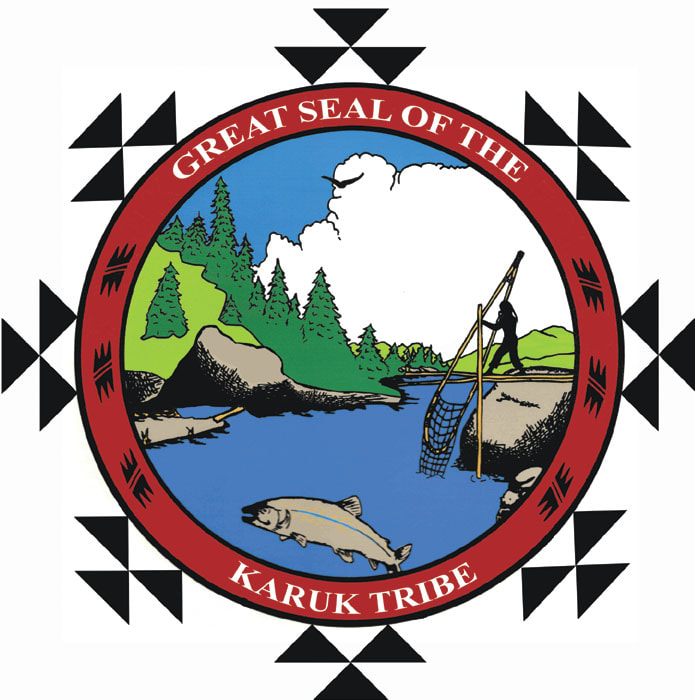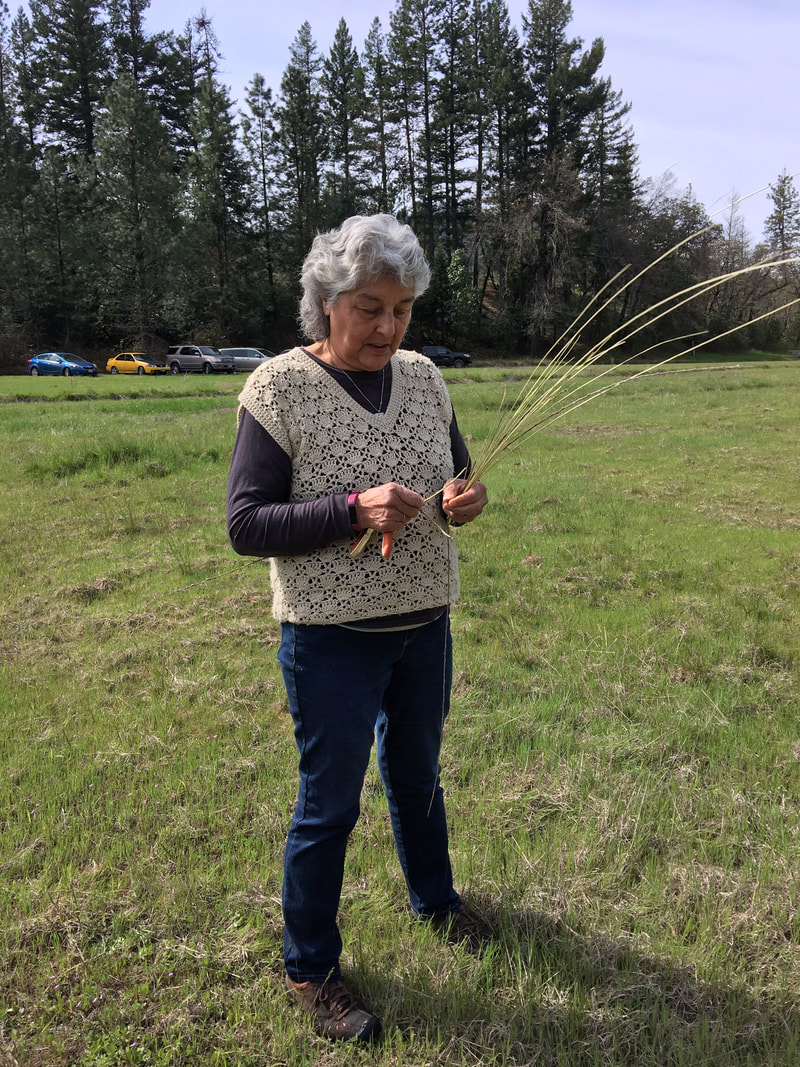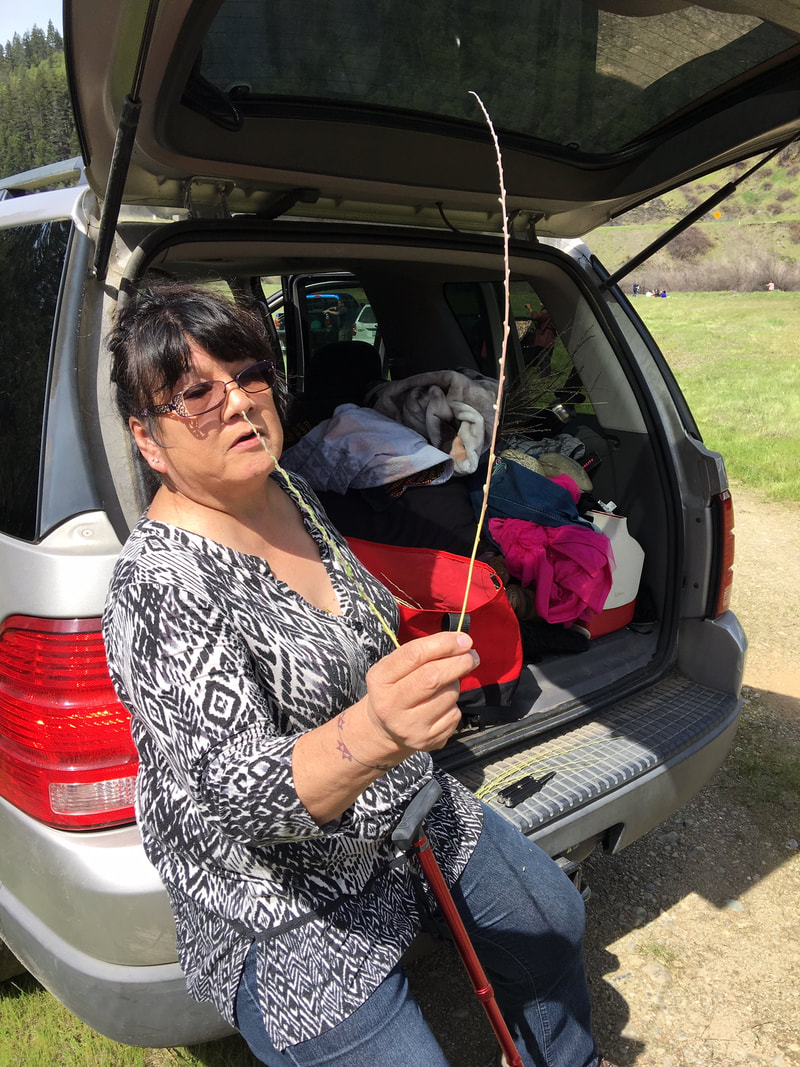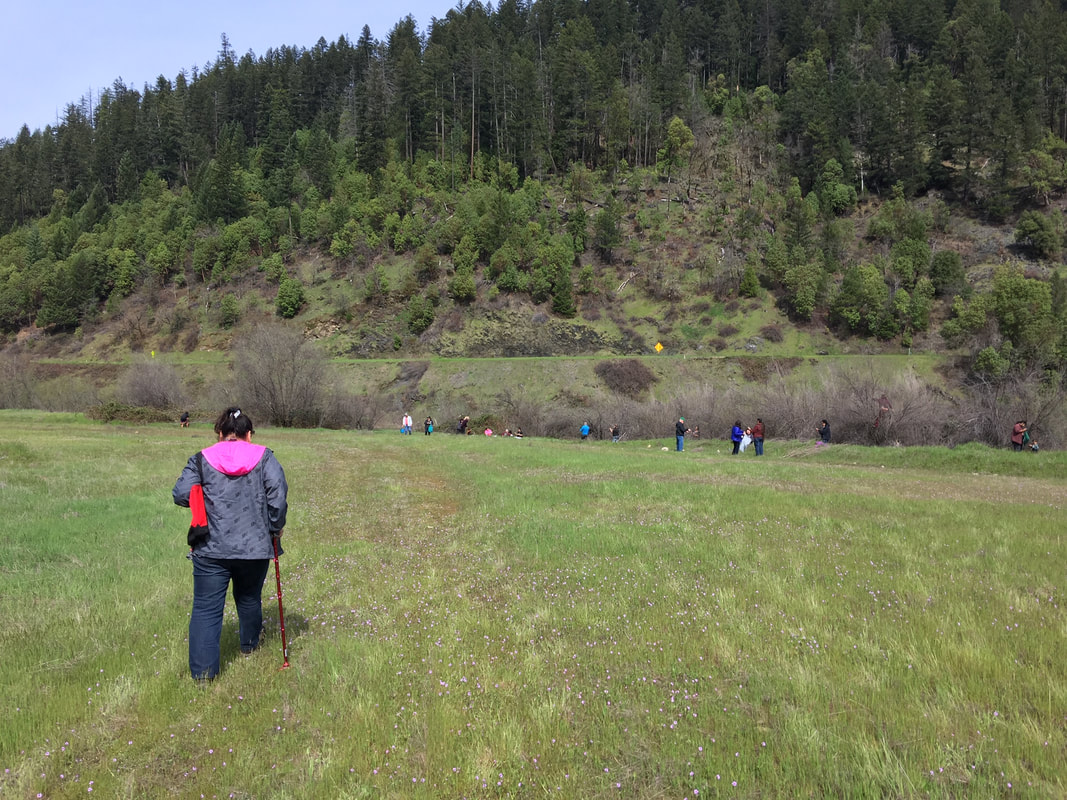| Saturday we all gathered for breakfast. It was interesting to hear all the different weavers discuss their current projects. After breakfast, we headed out to the nearby gathering grounds for willow sticks. We learned how to choose the correctly sized sticks for the project that Shirley Laos, CHM Board President, would need for her current project. While finding and clipping off sticks from trees sounds easy, it’s not as easy as you might think. |
| First, Willow grows in marshy grounds with lots of furrows. Some of the best sticks come from trees that may be more difficult to reach. We learned about the stage of budding that the tree should be in for the straightest, easiest to peel, and smoothest sticks. Once a tree is identified, you may have to bend down a branch to reach the sticks needed. Many women tuck the branch under one arm and cut with the other hand. The cut branches are put in a bag or bucket. | |





 RSS Feed
RSS Feed